3′,4′-MD-a-PBP, also known as 3,4-Methylenedioxy-alpha-pyrrolidinobutyrophenone, is a synthetic stimulant and cathinone analog that belongs to the pyrrolidinophenone class of compounds. It features a methylenedioxy functional group on the phenyl ring, structurally aligning it with research chemicals like MDPV, α-PBP, and α-PVP. This compound is commonly used in forensic, neurochemical, and pharmacological research, especially in studies examining dopamine and norepinephrine transporter inhibition and structure-activity relationships (SARs) in substituted cathinones.
In laboratory settings, 3,4-MD-a-PBP is valued for its stability, purity, and well-defined molecular structure, making it a reliable subject for mass spectrometry, chromatographic calibration, and in vitro assays. Researchers may also use it to develop analytical techniques for identifying emerging synthetic substances in toxicology or drug screening panels.⚠️
🔬 Specifications (Example Only):
| Property | Detail |
|---|---|
| Chemical Name | 3,4-Methylenedioxy-α-pyrrolidinobutyrophenone |
| Synonyms | 3′,4′-MD-a-PBP, MDPBP Analog |
| Molecular Formula | C15H19NO3 |
| Molecular Weight | ~261.32 g/mol |
| Purity | ≥98% (lab-grade) |
| Form | Off-white crystalline powder |
| Solubility | Soluble in ethanol, DMSO, water |
| Use | Laboratory research and forensic study |
| Storage | Cool, dry, and away from direct light |
Would you like product tags, a Certificate of Analysis (COA) template, or regulatory disclaimer text added to this?


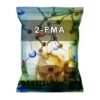

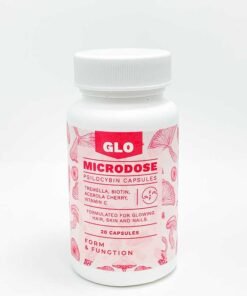
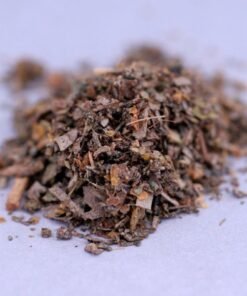
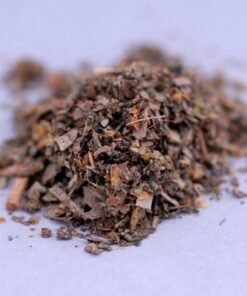
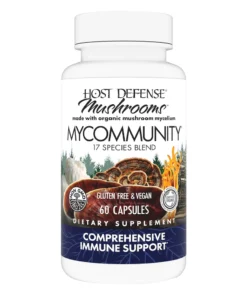


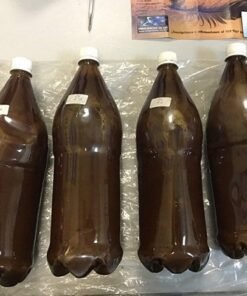


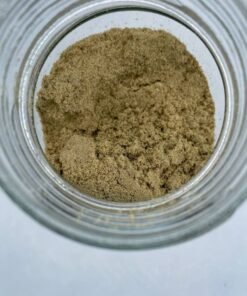

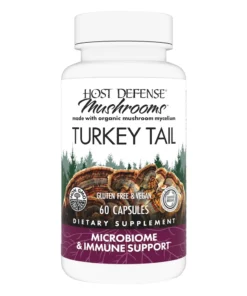
Reviews
There are no reviews yet.